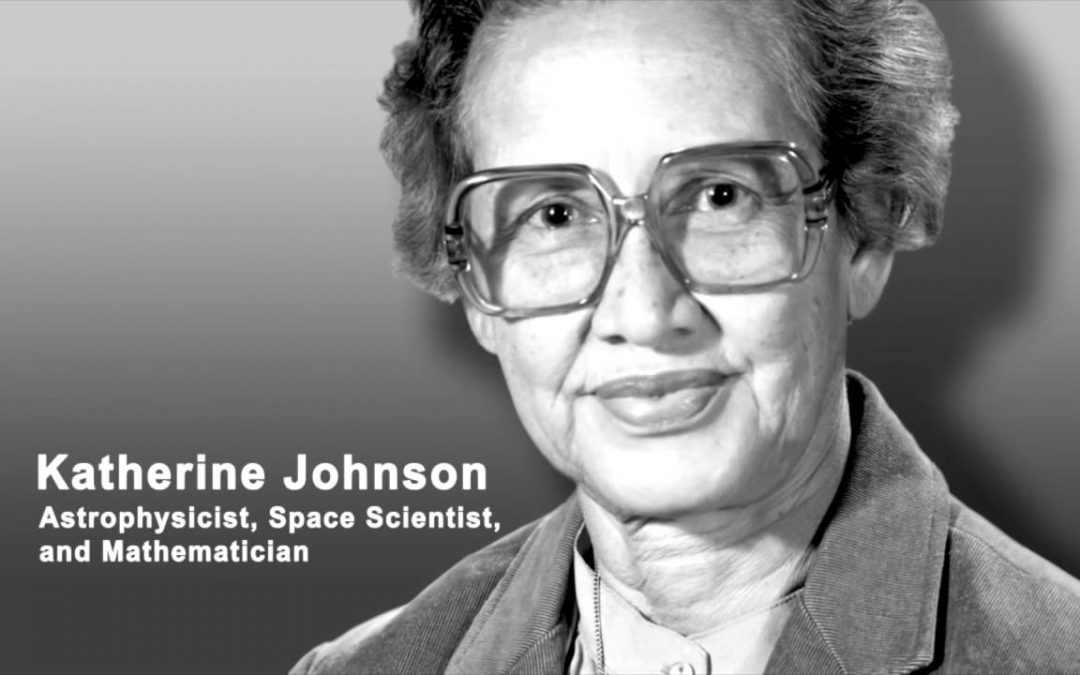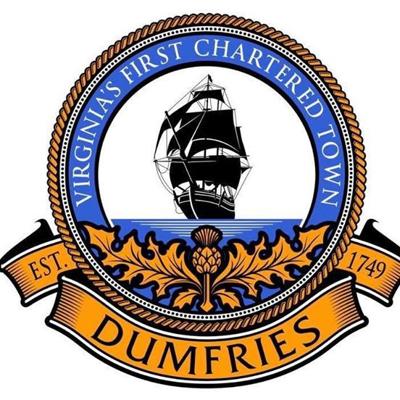Spacecraft Named After Katherine Johnson Makes Successful Launch
The 15th cargo resupply mission to the International Space Station successfully launched today at 12:36 p.m. from the Mid-Atlantic Regional Spaceport Pad 0A located on Wallops Island. Northrop Grumman’s unmanned Cygnus spacecraft launched on the company’s Antares rocket, carrying approximately 8,200 pounds of cargo that included scientific investigations, crew supplies, and hardware. A secondary payload of thirty ThinSats, which are small satellites that carry scientific experiments into space and are capable of transmitting data from low earth orbit, was integrated on the second stage of the Antares as part of a Science, Technology, Engineering, and Mathematics (STEM) student outreach program.
The Cygnus spacecraft has been named in honor of longtime Virginia resident and pioneering Black NASA mathematician Katherine Johnson and in celebration of Black History Month. Northrop Grumman traditionally names each spacecraft after an individual who has played a pivotal role in the legacy of human spaceflight. Johnson’s hand-written calculations were critical to the success of America’s early human spaceflight missions. She was among the group of Black women mathematicians at NASA who were celebrated in the 2016 film ‘Hidden Figures,’ based on the nonfiction book by Margot Lee Shetterly with the same title. The February 20 launch date also marks the 59th anniversary of the launch of Friendship 7, a mission that made John Glenn the first American astronaut to orbit Earth. Glenn asked Johnson to verify the complex orbital trajectory calculations prior to his flight.
“This important mission honors the legacy of Katherine Johnson, who broke through barriers of gender and race, and whose mathematical skill has been integral to the advancement of human spaceflight,” said Governor Northam. “Her work also paved the way for the delivery of critical equipment and scientific experiments to the International Space Station, like that which is aboard this spacecraft bearing her name. We remain committed to making strategic investments to support the growing aerospace industry in Virginia and help shape the future of space exploration.”
The S.S. Katherine Johnson will arrive at the International Space Station on Monday, February 22, and will remain attached to the space station for approximately three months.
The Virginia Commercial Space Flight Authority (Virginia Space), in partnership with Northrop Grumman, NASA Wallops Flight Facility, and Twiggs Space Lab, created the ThinSat Program, a low-cost initiative to increase student engagement in STEM-related fields. Through this program, students in grades 4-12, as well as university-level students, have developed satellite hardware, tested sensor components with low and high-altitude balloon flights, analyzed data, and as of today, launched an actual payload into space.
“We are living in such an exciting time for space exploration,” said Secretary of Transportation Shannon Valentine. “Today, we launched an Antares rocket carrying a spacecraft that bears the name of NASA pioneer Katherine Johnson, witnessed the ingenuity of students, and marked the fifteenth resupply mission to the International Space Station.”


